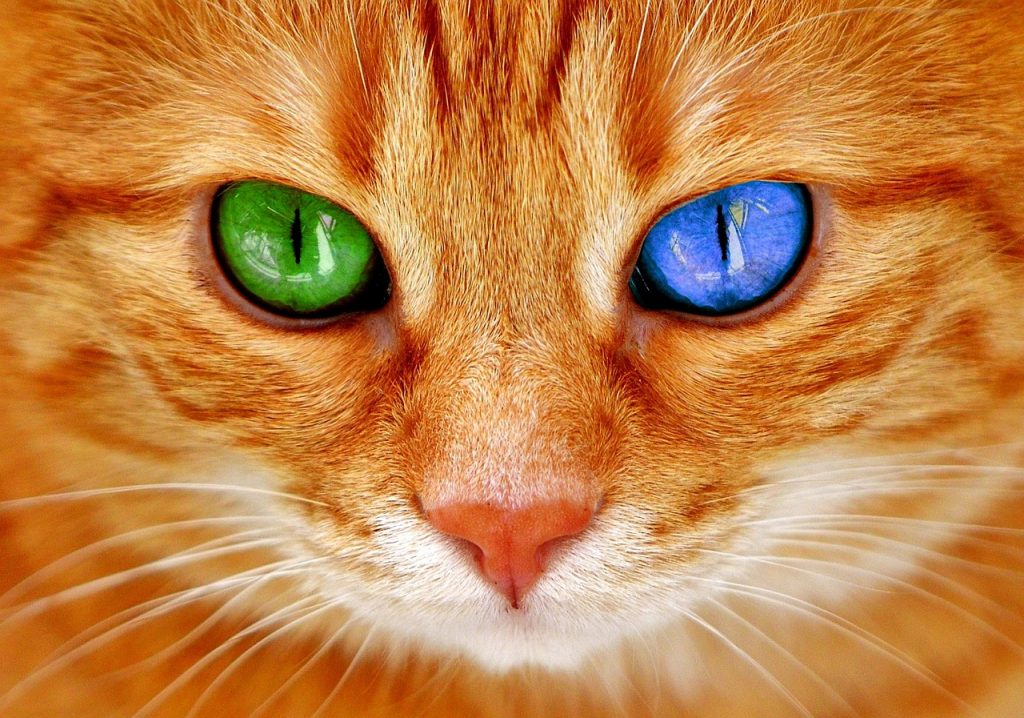 Drum roll please…
Drum roll please…
At the beginning of each month, we will profile the ten articles from the previous month that generated the most traffic to Human-Centered Change & Innovation. Did your favorite make the cut?
But enough delay, here are October’s ten most popular innovation posts:
- A New Innovation Sphere — by Pete Foley
- Thinking Like a Futurist — by Ayelet Baron
- Crossing the Possibility Space — by Dennis Stauffer
- Twelve Digital Disruptions of Your Sales Cycle — by Geoffrey A. Moore
- How to Fix Corporate Transformation Failure — by Greg Satell
- The Biggest Customer Service Opportunity — by Shep Hyken
- Do You Prize Novelty or Certainty? — by Mike Shipulski
- What Pundits Always Get Wrong About the Future — by Greg Satell
- The Biggest Challenge for Innovation is Organizational Inertia — by Stefan Lindegaard
- What Company Do You See in the Mirror? — by Mike Shipulski
BONUS – Here are five more strong articles published in September that continue to resonate with people:
- The Solution to Every Problem Lives Inside You — by Mike Shipulski
- AI and the Productivity Paradox — by Greg Satell
- Allow Your Customers to Die with Dignity — by Shep Hyken
- Why Successful Innovators Are Curious Like Cats — by Janet Sernack
- An Innovation Lesson From The Rolling Stones — by Robyn Bolton
If you’re not familiar with Human-Centered Change & Innovation, we publish 4-7 new articles every week built around innovation and transformation insights from our roster of contributing authors and ad hoc submissions from community members. Get the articles right in your Facebook, Twitter or Linkedin feeds too!
Have something to contribute?
Human-Centered Change & Innovation is open to contributions from any and all innovation and transformation professionals out there (practitioners, professors, researchers, consultants, authors, etc.) who have valuable human-centered change and innovation insights to share with everyone for the greater good. If you’d like to contribute, please contact me.
P.S. Here are our Top 40 Innovation Bloggers lists from the last three years:
- Top 40 Innovation Bloggers of 2020
- Top 40 Innovation Bloggers of 2021
- Top 40 Innovation Bloggers of 2022
![]() Sign up here to get Human-Centered Change & Innovation Weekly delivered to your inbox every week.
Sign up here to get Human-Centered Change & Innovation Weekly delivered to your inbox every week.


